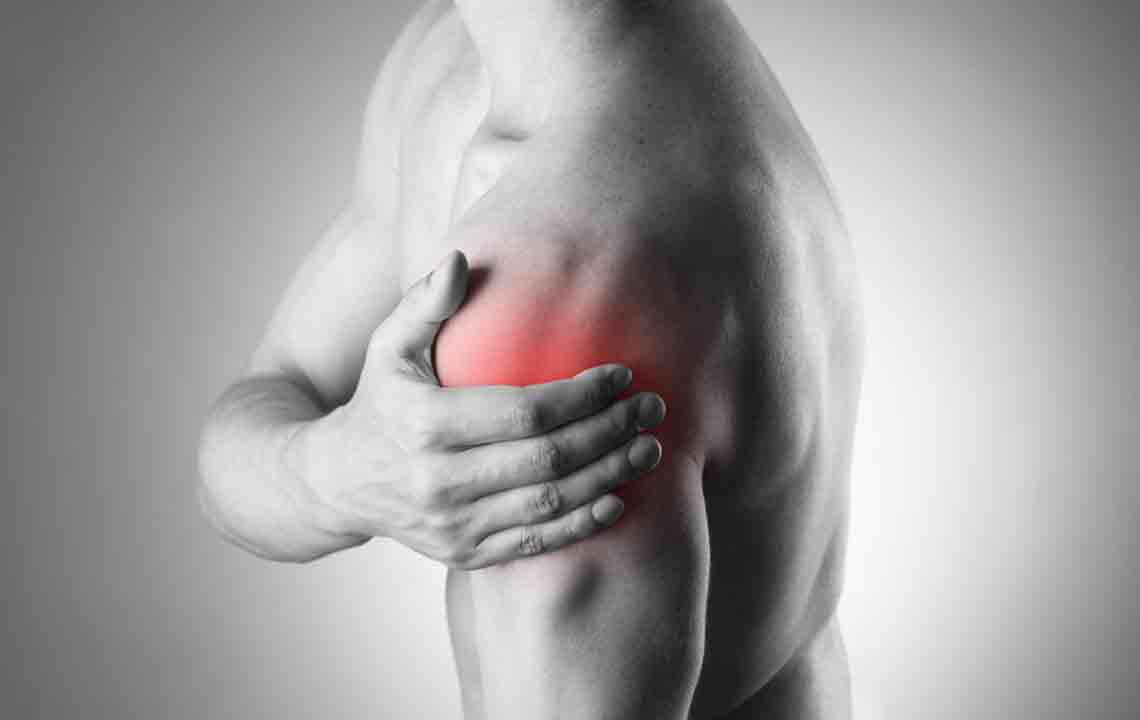Comprehensive Guide to Causes, Symptoms, and Remedies for Shoulder Discomfort
This comprehensive guide explores common causes, symptoms, and treatment options for shoulder discomfort. It highlights the anatomy of the shoulder, common problems like tendinitis and arthritis, and home remedies such as ice therapy and exercises. Emphasizing the importance of professional care for persistent pain, the article provides practical advice to help maintain shoulder health and mobility. Ideal for individuals seeking understanding and relief for shoulder issues, it stresses early diagnosis and treatment for successful recovery.

Comprehensive Guide to Causes, Symptoms, and Remedies for Shoulder Discomfort
The shoulder is a complex joint system that combines bones, muscles, and tendons to enable extensive movement. It plays a vital role in daily activities like reaching, lifting, and turning. Over time, shoulder mobility can weaken, leading to instability, soreness, or pain that may affect soft tissues or bones. Such discomfort can be persistent or only occur during movement. Mild pain can often be managed at home, but ongoing issues may require medical intervention. Understanding shoulder anatomy helps in identifying causes and treatment options.
The shoulder consists of three primary bones: the humerus (upper arm), scapula (shoulder blade), and clavicle (collarbone). The glenoid socket, part of the scapula, connects with the top of the humerus, stabilized by muscles and tendons, forming the rotator cuff. Common shoulder problems include tendinitis, dislocations, fractures, and arthritis. Rare issues such as tumors, infections, or nerve problems can also lead to pain.
Treatment varies based on the underlying cause. Minor injuries may benefit from home remedies such as ice application and gentle exercises. Medical options include avoiding aggravating activities, anti-inflammatory medications, or, in some cases, surgical procedures. Resting affected movements, applying ice for 10-30 minutes, and physiotherapy like shoulder strengthening exercises or massages are effective approaches. Maintaining mobility and avoiding complete immobility during recovery prevents muscle wasting and stiffness. For persistent pain, seeking professional medical advice is essential.
Simple home remedies include keeping elbows close to the sides and gentle stretching exercises like the "Itsy Bitsy Spider" to regain motion. While these strategies are helpful, persistent or worsening pain warrants prompt medical care to ensure proper diagnosis and treatment. Early intervention can prevent long-term complications and restore shoulder function.










